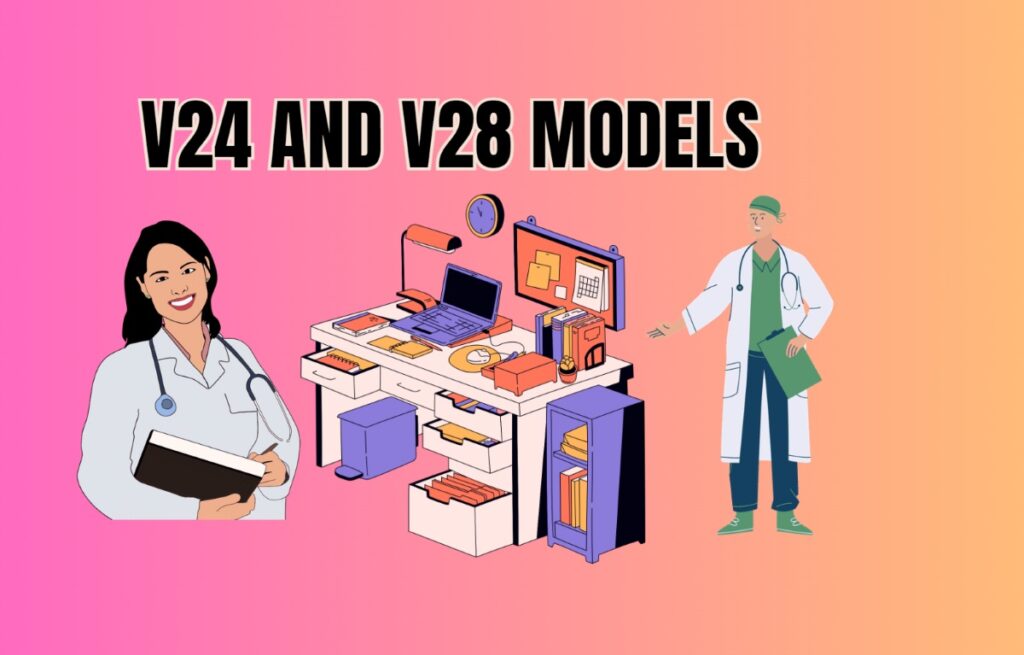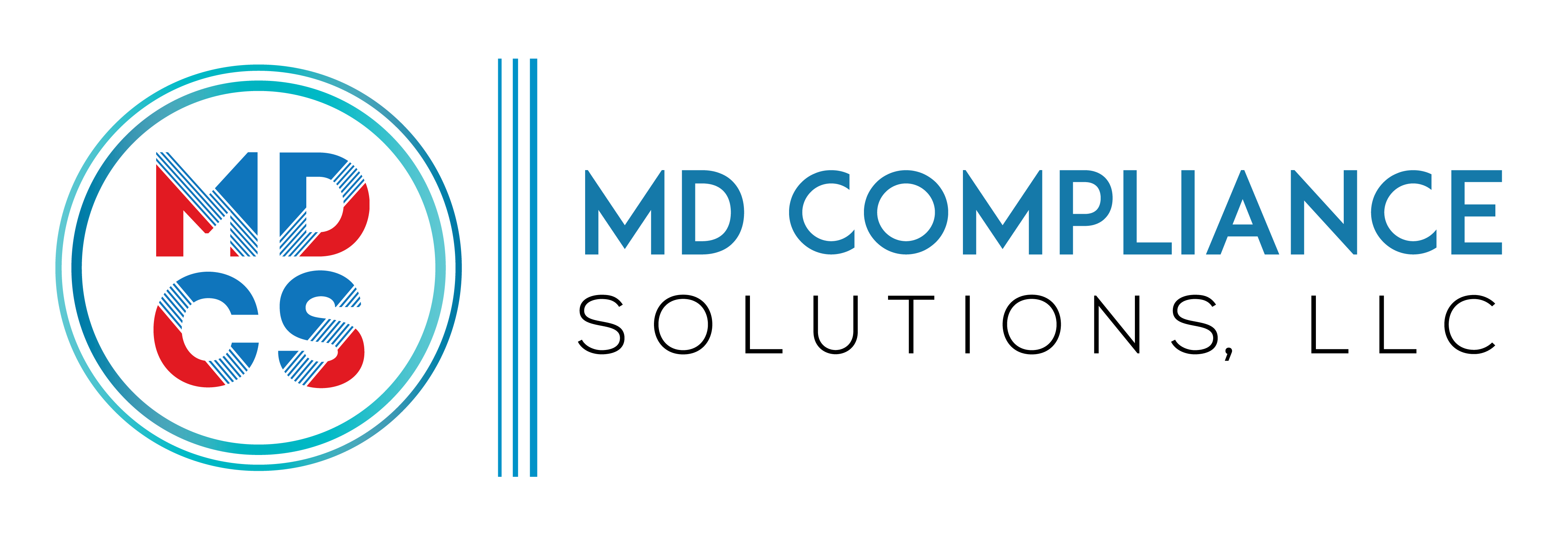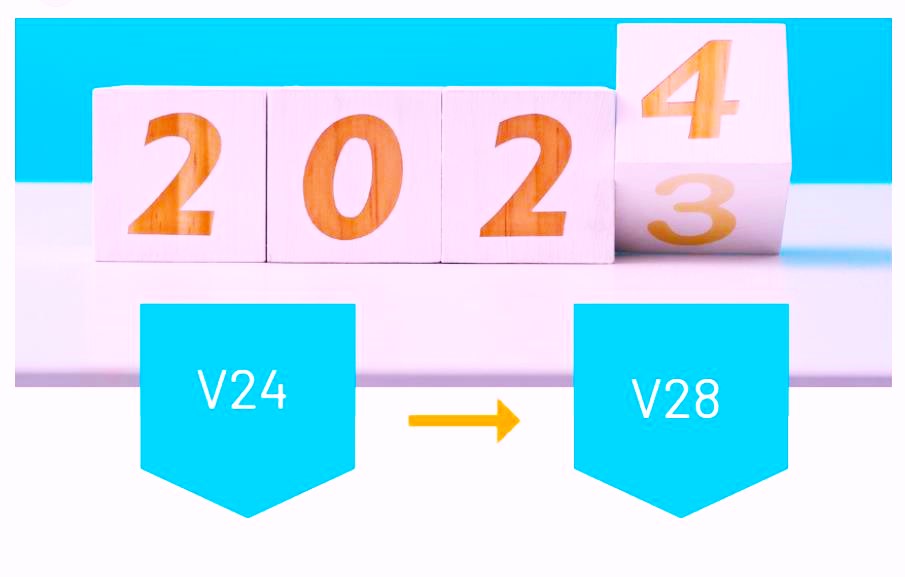Table of Contents
Discover how the V24 and V28 CMS-HCC models integrate to improve predictive accuracy and healthcare management. Learn about their unique features and benefits. The Centers for Medicare & Medicaid Services (CMS) work hard to improve the Hierarchical Condition Category (HCC) models that are used for risk adjustment in the constantly changing healthcare environment.
The CMS-HCC models’ shift from version 24 (V24) to version 28 (V28) illustrates their commitment to precision and accuracy in risk adjustment. The blending strategy is an important part of this transformation, as it ensures a smooth transfer from the older model to the newer, more precise methodologies. We will look at how the blending technique between the V24 and V28 CMS-HCC models reduces immediate implications on Risk Adjustment Factor (RAF) ratings while allowing healthcare providers and systems to adjust to the changes.
Understanding the CMS-HCC Models
CMS-HCC models are critical tools for estimating healthcare expenditures for Medicare Advantage plan members. These algorithms assign risk scores to beneficiaries based on their health and demographic information. The RAF scores generated by these models have a direct impact on payment changes to Medicare Advantage plans, making accurate risk adjustment crucial for both payers and providers.
The Transition from V24 to V28
The HCC coding and risk adjustment algorithms will be significantly updated as part of the transition from V24 to V28. The V28 model includes revised illness categories, updated disease relationships, and more exact coding standards. These modifications attempt to increase risk prediction accuracy by better representing the Medicare population’s healthcare demands and costs.
The Blending Approach:
To reduce the risk of rapid changes in RAF scores and financial instability, CMS uses a mixing strategy throughout the transition from V24 to V28. This technique entails gradually introducing the new model over a set length of time, rather than implementing it all at once. CMS ensures that healthcare providers and systems have a smooth and controlled transition by combining the risk scores from both models.
The Impact of the V28 Release on RAF Scores
The V28 release of the CMS-HCC model, introduced in 2021, brought significant updates to the risk adjustment methodology. These changes profoundly influenced RAF scores, leading to an expected decrease of 3.10%. Let’s explore the key changes and their implications:
Key Changes in the V28 Release
- Updated Hierarchical Condition Categories (HCCs):
- Removed HCCs: Consolidation or removal of certain categories based on updated clinical knowledge and treatment practices.
- New HCCs: Introduction of additional categories to capture previously underrepresented conditions.
- Refined Mapping of ICD-10 Codes to HCCs:
- Improved Specificity: Enhanced accuracy in mapping ICD-10 codes to corresponding HCCs.
- Changes in Weighting: Adjustments in the relative weights assigned to HCCs, reflecting updated cost analyses and healthcare utilization data.
- Inclusion of Additional Conditions:
- COVID-19 Related Codes: Incorporation of codes to address the impact of COVID-19 on healthcare costs.
- Social Determinants of Health: Addition of codes related to social determinants influencing healthcare outcomes.
Impact on RAF Scores
The changes introduced in the V28 release have several implications for RAF scores:
- Decreased RAF Scores Due to Increased Specificity:
- The more precise mapping of ICD-10 codes may result in lower RAF scores, as conditions are categorized more accurately, potentially indicating lower severity or resource intensity.
- Impact of New and Removed HCCs:
- Introduction of new HCCs adds complexity but may not immediately increase RAF scores unless they capture previously under coded conditions.
- Removal or consolidation of HCCs could decrease RAF scores if certain conditions are no longer included or are categorized differently.
- Adjustment in Weighting:
- Changes in the weighting of HCCs reflect updated cost predictions and payment equity adjustments, which can lead to shifts in RAF scores.
Challenges and Adaptations
The V28 release also presented challenges:
- Training and Education:
- Healthcare providers and coders needed to adapt to new HCCs and revised coding practices.
- System Updates:
- Healthcare IT systems required updates to accommodate new codes and revised mapping algorithms.
- Compliance and Auditing:
- Robust compliance measures were necessary to ensure accurate coding and RAF score calculations.
Blending Percentages and Their Impact on RAF Scores
The transition from the V24 to V28 CMS-HCC model employs a blending strategy across 2023 to 2025 to mitigate immediate impacts on RAF scores. Here’s how blending influences the transition:
2023 Blending: 67% V24 and 33% V28
RAF2023=(0.67×RAFV24)+(0.33×RAFV28)
Given:
- RAF weights for V24:
- Diabetes with Complications: 0.30
- COPD: 0.25
- Congestive Heart Failure: 0.40
- RAF weights for V28:
- Diabetes with Complications: 0.28
- COPD: 0.22
- Congestive Heart Failure: 0.38
Calculating RAF for 2023:
RAFV24=0.30+0.25+0.40=0.95
RAFV28=0.28+0.22+0.38=0.88
RAF2023=(0.67×0.95)+(0.33×0.88)
RAF2023=0.6365+0.2904
RAF2023=0.9269
2024 Blending: 33% V24 and 67% V28
RAF2024=(0.33×RAFV24)+(0.67×RAFV28
Calculating RAF for 2024:
RAF2024=(0.33×0.95)+(0.67×0.88)
RAF2024=0.3135+0.5896
RAF2024=0.9031
2025: 100% V28
RAF2025=RAFV28
RAF2025=0.88
Summary of RAF Score Changes
| Year | Blending Ratio (V24/V28) | RAF Score |
| 2023 | 67% V24 / 33% V28 | 0.9269 |
| 2024 | 33% V24 / 67% V28 | 0.9031 |
| 2025 | 100% V28 | 0.8800 |
Minimizing Immediate Impacts on RAF Scores
One of the key advantages of the mixing strategy is the reduction of immediate effects on RAF scores. Abrupt changes in risk adjustment models can cause considerable swings in RAF ratings, resulting in financial instability for Medicare Advantage plans and providers. By combining the V24 and V28 ratings, CMS establishes a buffer period in which the financial consequences are more predictable and manageable. This gradual shift enables stakeholders to adjust their operations, billing procedures, and financial planning accordingly.
Adapting to More Precise Methodologies
The blended strategy not only mitigates immediate repercussions, but also gives healthcare providers and systems enough time to adjust to the more accurate procedures introduced in V28. Transitioning to a new risk adjustment model necessitates changes in coding standards, documentation requirements, and data management procedures. The progressive rollout enables providers to train employees, upgrade systems, and optimize workflows to meet the updated model’s requirements.
Preparing for Full Implementation
During the blending phase, stakeholders can assess the new model’s influence on RAF scores and overall financial performance. This monitoring phase is critical for detecting any issues or areas that require additional attention. By the time the V28 model is completely deployed, healthcare providers and systems will have plenty of time to improve their practices and ensure compliance with the new risk adjustment procedures.
Integration and Conclusion
The blending approach between the V24 and V28 CMS-HCC models ensures a gradual transition, minimizing immediate impacts on RAF scores. However, allowing healthcare providers and systems to adapt to more precise risk adjustment methodologies introduced in the V28 release. This strategy supports accurate resource allocation and improved patient care management in the evolving landscape of healthcare reimbursement. By understanding these transitions and their impacts on RAF scores, health plans, providers, and systems can effectively navigate changes, ensuring equitable resource allocation and improved patient outcomes.


